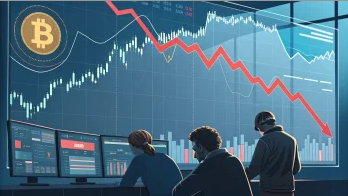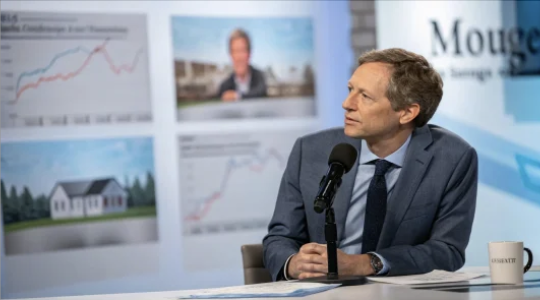The housing market, a significant indicator of economic health, has been undergoing a dramatic shift, particularly concerning millennials and Generation Z. Over the past three years, the cost of both renting and buying a home has surged significantly. However, the gap between the two has widened to an unprecedented extent. The median monthly cost of home ownership has risen to $2,800, compared to $1,800 for renting. This gap of over $1,000 is nearly double what it was during the housing bubble that precipitated the Great Financial Crisis. This disparity doesn’t even factor in the substantial down payment required to purchase a home, which can be upwards of $40,000.
The situation has further deteriorated since the end of last year due to the increase in the average 30-year mortgage rate. It has risen from 6.7% at the beginning of the year to 7.4% today. For a $400,000 home, this increase translates into an additional $175 to the monthly payment. Consequently, the median monthly payment for a homebuyer is $1,200 more than it is to rent, marking the most significant historical gap.
View this post on Instagram
A post shared by Taylor Sohns – CFP®, CIMA®, MBA – Finance (@lifegoalinvestments)
Table of Contents
ToggleDecoding the implications
This widening gap between the cost of home ownership and renting has significant implications for millennials and Generation Z. These generations are at a stage in their lives where they are considering long-term housing options. However, the current market conditions push them towards renting rather than buying.
The high costs associated with home ownership, including the down payment, mortgage rates, and monthly payments, are prohibitive for many. The financial burden of owning a home is becoming increasingly difficult to bear, especially for those who are just starting their careers or have not yet reached their peak earning potential.
Understanding the contributing factors
Several factors have contributed to this widening gap. The first is the increase in housing prices. Over the past few years, housing prices have skyrocketed due to a combination of low supply and high demand, making home ownership an unattainable goal for many.
Secondly, the rise in mortgage rates has added to the financial burden of home ownership. Higher mortgage rates mean higher monthly payments, making it even more challenging for potential homebuyers to afford a home.
Lastly, stagnant wage growth has played a role. While home ownership and renting costs have risen dramatically, wages have not kept pace. This has further widened the gap between the cost of home ownership and renting.
Looking towards the future
The current housing market presents a challenging landscape for millennials and Generation Z. The widening gap between the cost of home ownership and renting is pushing these generations towards renting, a trend that is likely to continue unless there are significant changes in the housing market.
While this trend may have negative implications for the dream of home ownership, it also presents opportunities for the rental market. As more people opt to rent, demand for rental properties is likely to increase, potentially leading to a boom in the rental market.
In conclusion, the current housing market dynamics underscore the need for comprehensive housing reforms and policies to make home ownership more accessible and affordable. Until then, renting seems to be the more financially viable option for many millennials and Generation Zers.
Frequently Asked Questions
Q. What is the current situation in the housing market?
The housing market has seen a significant shift in the past three years, with the cost of both renting and buying a home surging significantly. The gap between the two has widened to an unprecedented extent, with the median monthly cost of home ownership rising to $2,800, compared to $1,800 for renting. This disparity doesn’t even factor in the substantial down payment required to purchase a home, which can be upwards of $40,000.
Q. How has the situation changed since the end of last year?
The situation has further deteriorated due to the average 30-year mortgage rate increase. It has risen from 6.7% at the beginning of the year to 7.4% today. This increase translates into an additional $175 monthly payment for a $400,000 home. Consequently, the median monthly payment for a homebuyer is currently $1,200 more than it is to rent, marking the largest gap in history.
Q. What are the implications of this widening gap for millennials and Generation Z?
The widening gap between the cost of home ownership and renting has significant implications for millennials and Generation Z. These generations are at a stage in their lives where they are considering long-term housing options. However, the current market conditions are pushing them towards renting rather than buying due to the high costs associated with home ownership.
Q. What factors have contributed to this widening gap?
Several factors have contributed to this widening gap. These include the increase in housing prices due to a combination of low supply and high demand, the rise in mortgage rates, and stagnant wage growth. While the costs of home ownership and renting have risen dramatically, wages have not kept pace, further widening the gap.
Q. What does the future look like for the housing market?
The current housing market presents a challenging landscape for millennials and Generation Z. The widening gap between the cost of home ownership and renting is pushing these generations towards renting, a trend that is likely to continue unless there are significant changes in the housing market. This trend may lead to a boom in the rental market as demand for rental properties is likely to increase.

















